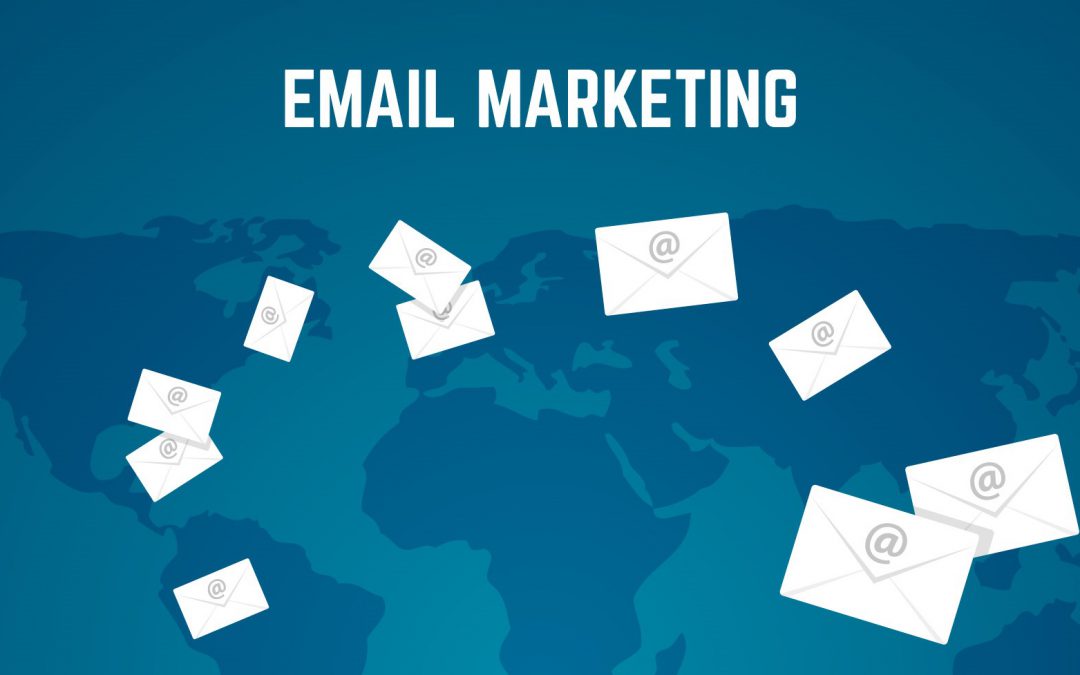
It can be a gentle wave, a frantic ding, or even a pocket vibration. Email is a fact of life for all employees, no matter how much we talk about the future of work and collaboration. Email keeps us glued to our phones and computers, alerting us to new messages.
It’s like a virus going berserk. It’s gotten out of hand.
We use email for work communication and collaboration even though it is no longer the most effective method. Everyone has email. Its broad reach is both strength and weakness. There are five ways email is ruining employees’ lives today.
Every day, around 90 billion business emails are sent. According to Mimecast, an enterprise email management company, we use email for four hours per day (although other reports have this number to be at around 25-30 percent). 39 % of users send, receive, and check emails outside of work hours (Mimecast “The Shape of Email 2012”). So, as employees, we are paid to use email half the time. This is alarming.
Employees receive so much email that it’s often one of the first things they check in the morning and the last thing they check at night. Radicati Group estimates employees send and receive 78 business emails per day. This adds up to 115 emails per day (sent and received)! Employees check email 36 times per hour, or 288 times per day for an eight-hour workday. Worse, it takes employees around 16 minutes to refocus after handling email. Employees have to work longer hours because they get so much email every day (and it’s only business email). Because they don’t work for half the time. In short, too much email is bad for business.
Rapid response expectation
Email was invented for asynchronous communication. You’d send an email and get a response in a day or two. If you don’t respond to an email within a few hours, you’re assumed dead. Most workers are email slaves. Employees are forever connected to the email overlords because they can check and respond via mobile devices. Companies have created a culture where employees are expected to respond to emails immediately, even on weekends. Good Technology found that 38% of employees check email at the dinner table, 50% do so while in bed, and 69% won’t even go to bed without checking email.
Employees hate being expected to constantly check and respond to emails.
Forwarding conversations
Long threaded email conversations are now routinely forwarded to other team members. Since most companies use email for communication, when an employee needs to join the conversation, they are conveniently sent a massive forwarded email thread that says “see below.” This employee is now tasked with sorting through a massive unformatted email thread. “I forwarded the conversation so you should have all the info you need.” This method is ineffective and time consuming. It also makes employees’ lives miserable.
Email as the company therapist
Have you ever received an email that reads like it came from the sender’s personal diary? In many cases, employees send out verbose emails full of scattered ideas that coworkers are expected to read to find one piece of relevant information. You get an essay and I ask you to find the one sentence that answers your question. Employees are expected to read this schizophrenic email. Finally, expecting employees to read everything makes them miserable.
Used for everything and anything
Want to send a document? It’s a Want to invite a coworker? Send a message. Do you have a query? It’s a Need to respond with one word? It’s a Want to share meeting notes? Sure, just type them up and email them to everyone.
Email has gotten out of hand and is now used for everything. Nowadays, only one in three emails is work-related. Imagine trying to fix every issue in your home with just a screwdriver. Whatever the issue, you’ve got your trusty screwdriver to help you out, even if it’s not the best tool for most tasks. Employees hate it when companies use email for everything.